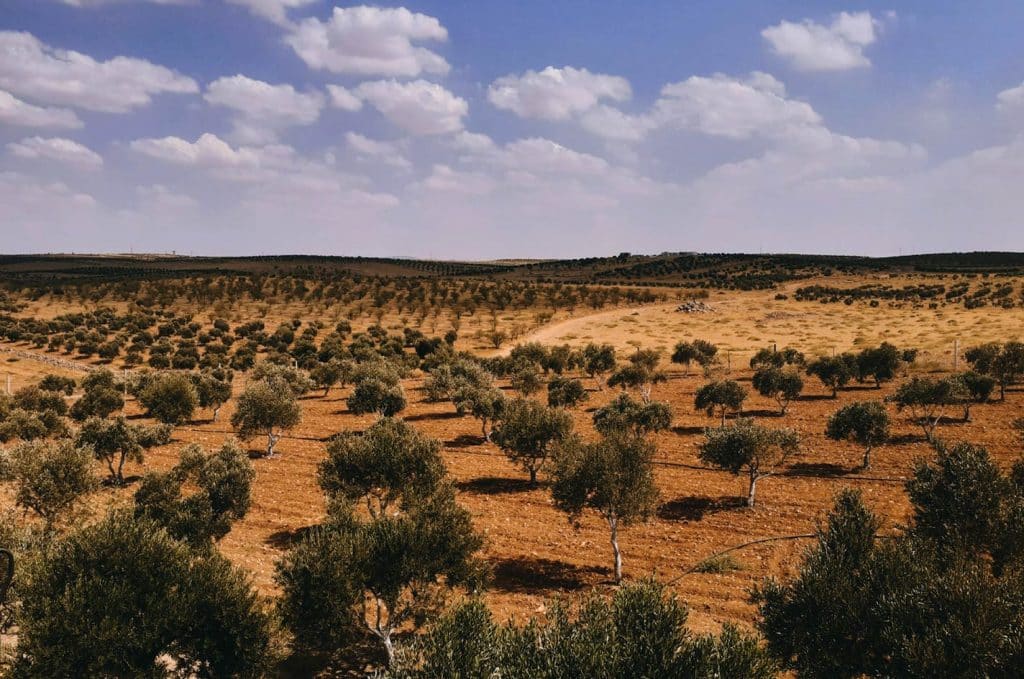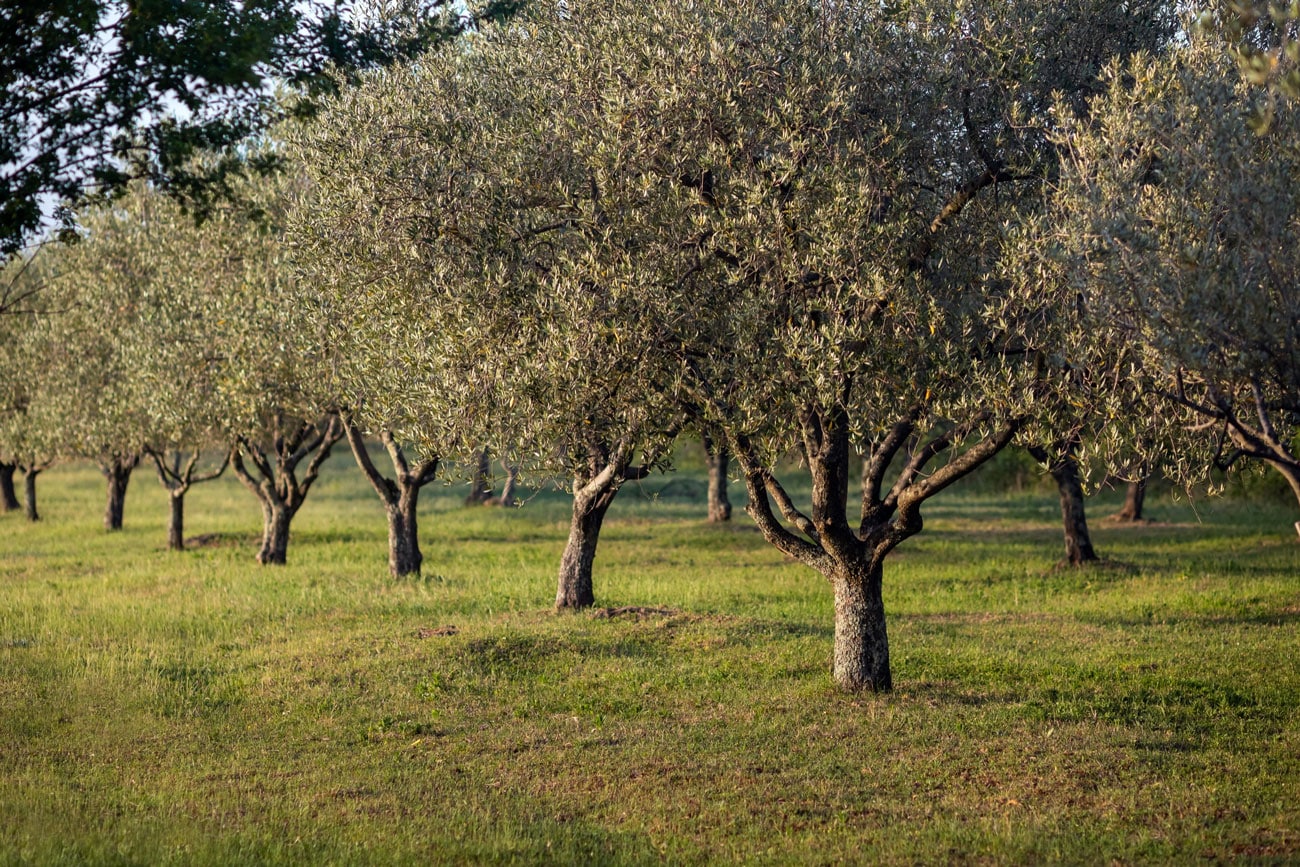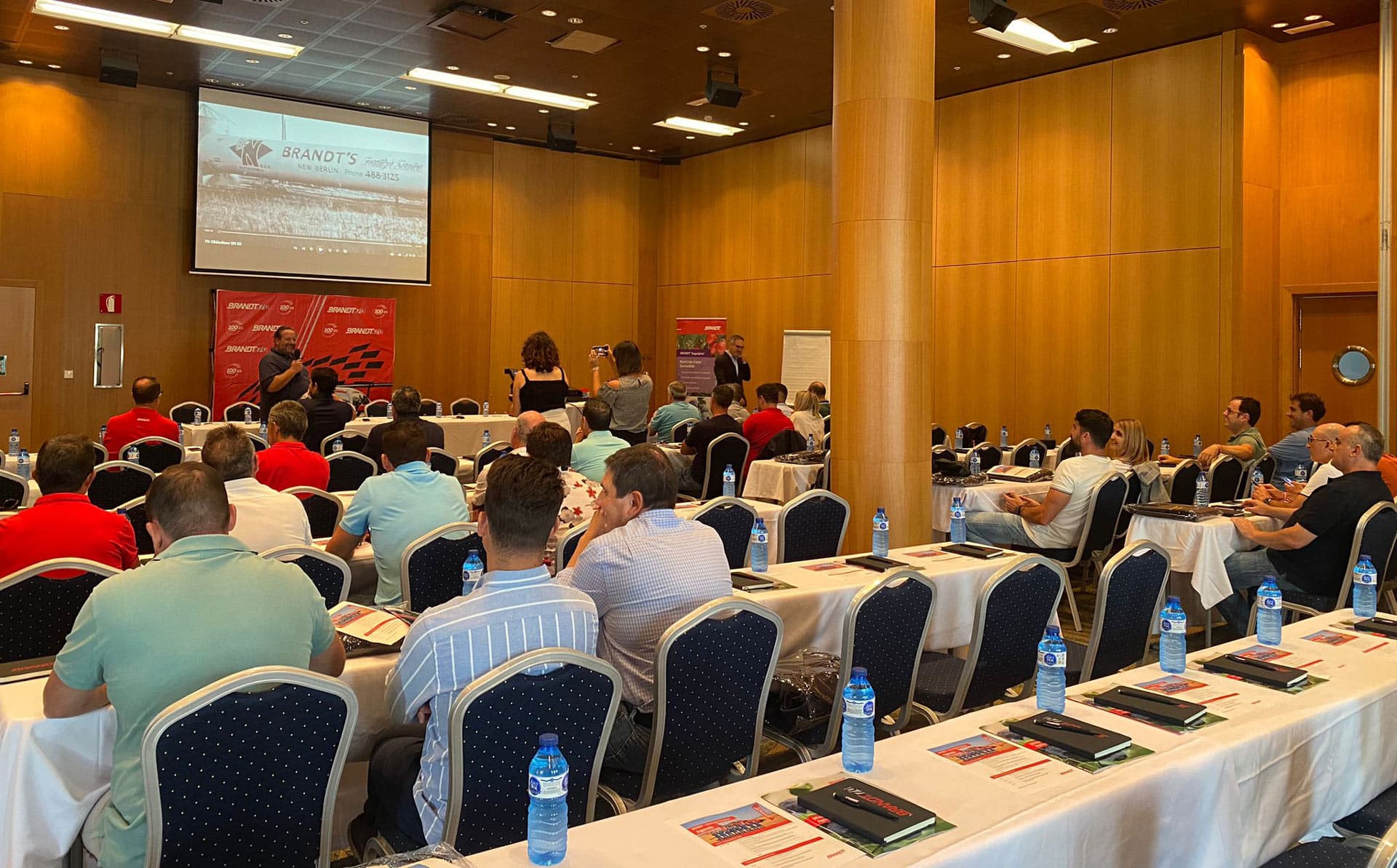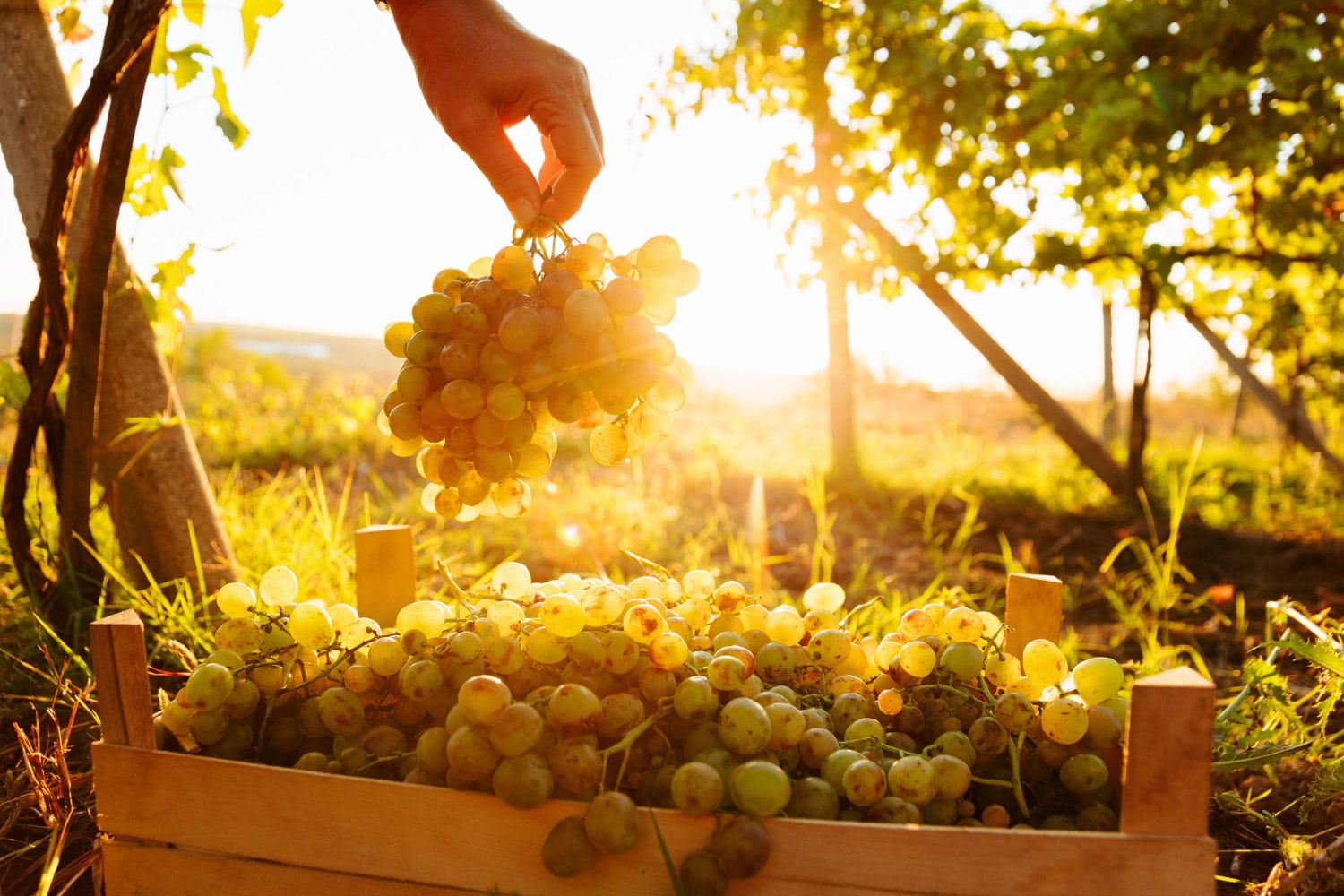Potassium (K) is an essential nutrient for plants and forms part of the essential macroelements: nitrogen (N), phosphorus (P), potassium (K), sulfur (S), calcium (Ca) and magnesium (Mg). It is particularly important in agriculture to optimize crop yield and improve the quality of produce by increasing the sugar content of fruits (degrees Brix) and improving the size of vegetables, the protein content of cereals and the fat yield of olives.
This mineral is applied to crops through fertilizers, although care should be taken in the amounts used, given that it is easy to exceed or fall short of the optimal amount of potassium necessary for the plant. Do you want to know how to detect and resolve these problems? We’ll tell you how:
- The importance of potassium as an essential macronutrient in plants
- Effects of potassium deficiency in plants
- Effects of excess potassium in plants
- Essential role of potassium in olive crops
The importance of potassium as an essential macronutrient in plants
Potassium plays an essential role in plants by participating in processes that are essential for their development such as: photosynthesis, cellular respiration, the opening and closing of stomata, water absorption, protein metabolism, the absorption and use of nutrients, the strengthening of the cell wall and enzymatic activation. As a result, this mineral is an essential nutrient for correct plant growth and development, and it must be controlled in any type of crop to ensure the most efficient agricultural production.
Effects of potassium deficiency in plants
The absence or deficiency of potassium in plants can lead to crops not developing as they should, reducing the productivity, amount and quality of the resulting fruits. Besides affecting the growth of the crop, it will also reduce its defenses against different types of external stresses and diseases.
This deficiency can occur in crops, primarily, due to a lack of macroelement in the soil or as a result of its poor quality. 90% of potassium in the soil is not available to the plant and one solution is to use soil amendments to improve its quality such as BRANDT Humisol or Humisol 25 Green.
Symptoms of potassium deficiency
Visually identifying potassium deficiency in crops is no easy task, as it has similar characteristics to that of other mineral deficiencies. Therefore, it is advisable to compare what can be observed in the plant with the soil composition. That said, there are certain visual signs that can lead you to suspect potassium deficiency, such as yellowing or chlorosis on the oldest leaves, usually along the margin. In the most serious cases, this margin can become detached.
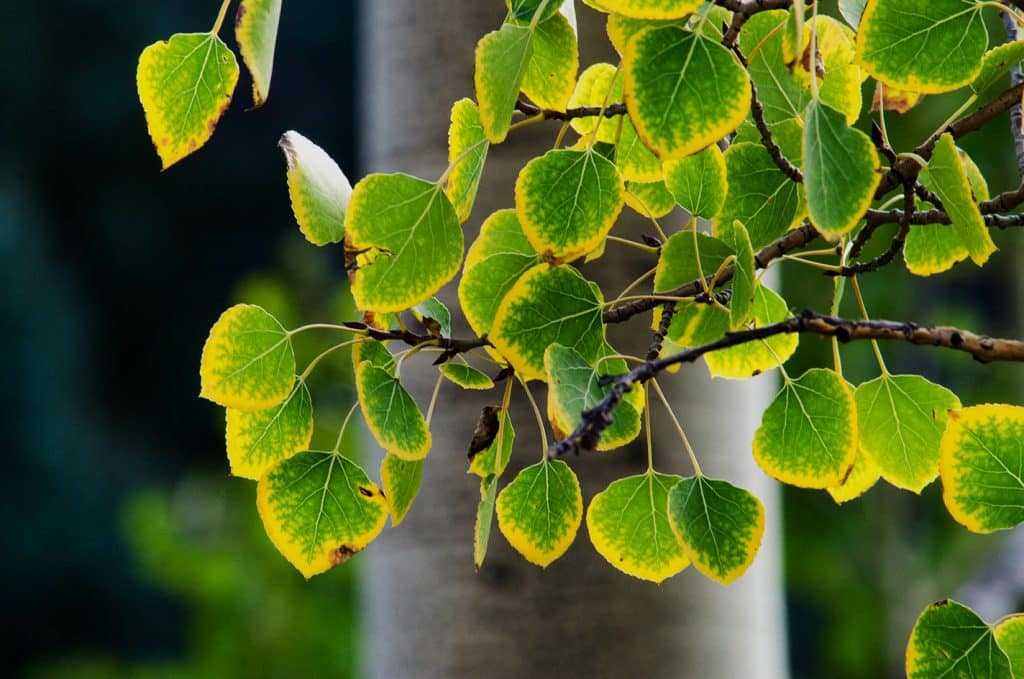
Effects of excess potassium in plants
While potassium deficiency in plants is serious, we must not forget that the excess of this macroelement can also negatively affect our crops. How? It can result in the crop not absorbing other important nutrients such as boron, calcium, iron, magnesium and zinc. Furthermore, a significant excess will also cause crop toxicity, which will be evident in the youngest leaves that will grow to be smaller and will have chlorosis. And that’s not all, there will also be leaves with a curled and dry appearance, the plant will grow less, the stems will be thinner than usual, they will develop less roots and the resulting fruits will have a more acidic flavor and will not have the expected color.
However, this excess can always be resolved by reducing the amount of fertilizer used on the crop or giving it some time to rest from fertilizer, rectifying the amount of potassium in the irrigation solution or carrying out a root wash of the substrate.
Essential role of potassium in olive crops
Although potassium is an essential nutrient for all plants, its deficiency or excess can be more important, or even key, in certain crops. This is the case of olive crops.
In olive crops, the mineral required in the largest quantity for their growth is potassium. It is thus a key element in the production and harvesting of olives and is responsible for: the accumulation of reserve substances in the stem and in the leaves, the transport of carbohydrates from the leaves to the fruits, the increase of the size and fat yield of the olive, the water regulation of the plant and its resistance to extreme temperatures, to pests and to the salinity of the soil. Therefore, it is advisable to ensure that the olive crops have the optimal amounts of potassium through a fertilization program with the adequate mineral concentration, application method and duration. A good example of a fertilizer to use, which also contributes to better mineral absorption, is a high-density, potassium-rich fertilizer such as BRANDT® HD K (10-5-40 w/v) and/or Manni Plex K, a complexed potassium with our Manni Plex technology.
